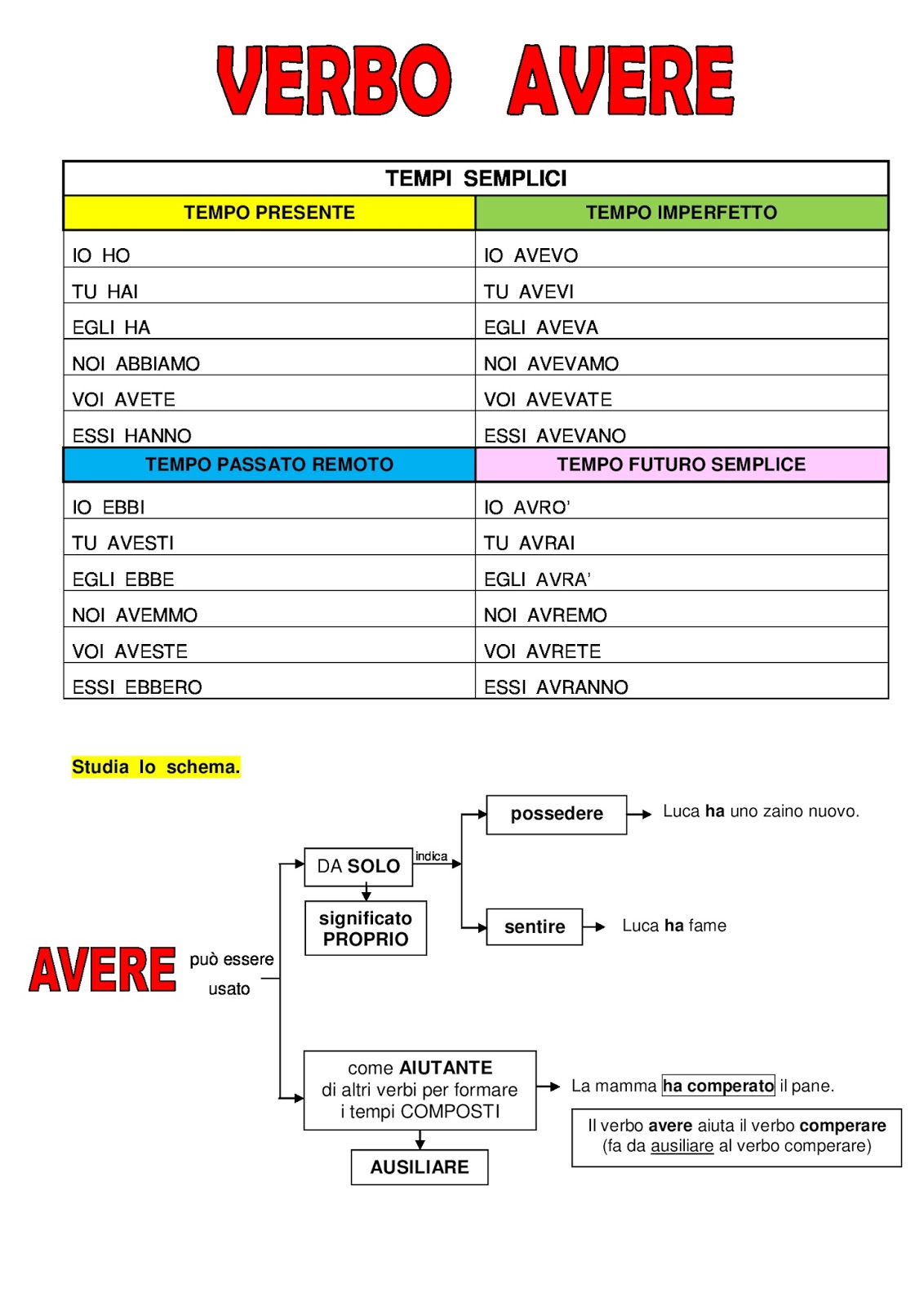Have you ever found yourself struggling to express uncertainty, doubt, or emotions about past events in Italian? The answer lies in mastering the "congiuntivo passato," a grammatical tense that adds a touch of sophistication and accuracy to your Italian. This comprehensive guide will unlock the secrets of the "congiuntivo passato", also known as the past subjunctive in English, empowering you to express yourself with newfound fluency and precision.
Imagine effortlessly navigating conversations about past possibilities, hypothetical situations, and desires that were never realized. The "congiuntivo passato" is your key to unlocking this level of Italian fluency. From expressing opinions about past events to conveying emotions and wishes, this grammatical tool will elevate your language skills and impress native speakers.
The "congiuntivo passato" is formed using the present subjunctive of the auxiliary verbs "avere" (to have) or "essere" (to be), followed by the past participle of the main verb. While the structure might seem complex at first, with consistent practice and immersion, it will become second nature to your Italian conversations.
One of the primary uses of the "congiuntivo passato" is to express doubt or uncertainty about past events. For example, you might say "Non credo che Maria sia andata al cinema" (I don't think Maria went to the cinema), using the "congiuntivo passato" to convey your uncertainty about Maria's past action.
Furthermore, the "congiuntivo passato" is essential for expressing emotions and reactions to past events. Imagine wanting to express your joy that a friend passed an important exam. You could say "Sono felice che tu abbia superato l'esame!" (I'm happy you passed the exam!), using the "congiuntivo passato" to highlight your happiness about their past success.
Advantages and Disadvantages of Using the "Congiuntivo Passato"
While the "congiuntivo passato" is a powerful tool for expressing nuanced ideas, it also presents challenges for language learners. Let's explore its advantages and disadvantages:
| Advantages | Disadvantages |
|---|---|
| Enhanced precision and clarity in expressing past events | Complex grammatical structure requiring practice and memorization |
| Conveying emotions, opinions, and possibilities related to the past | Potential for confusion with other past tenses, especially for beginners |
| Elevating your Italian fluency and impressing native speakers | Limited use in informal spoken Italian compared to written or formal contexts |
Mastering the "Congiuntivo Passato": Best Practices and Examples
Here are five best practices to effectively incorporate the "congiuntivo passato" into your Italian conversations:
- Practice consistently: Regularly conjugate verbs in the "congiuntivo passato" to internalize its structure.
- Immerse yourself in Italian content: Listen to podcasts, watch movies, and read books to familiarize yourself with its usage in context.
- Seek feedback from native speakers: Practice speaking with Italians and ask for corrections and guidance on your use of the "congiuntivo passato".
- Embrace mistakes as learning opportunities: Don't be afraid to make errors; view them as stepping stones to mastery.
- Celebrate your progress: Acknowledge and appreciate your efforts as you gradually incorporate the "congiuntivo passato" into your Italian expression.
By embracing these best practices and dedicating consistent effort, you'll unlock the full potential of the "congiuntivo passato", adding a touch of elegance and accuracy to your Italian communication.
In conclusion, the "congiuntivo passato" is a powerful tool for anyone seeking to master the nuances of the Italian language. While it may present initial challenges, the ability to express uncertainty, emotions, and possibilities related to the past will significantly enhance your fluency and allow you to communicate with greater precision and sophistication. Embrace the challenge, practice consistently, and celebrate your progress as you unlock the full expressive power of the Italian past subjunctive.
Rubriche di valutazione scuola secondaria la guida completa
Rendi la storia viva schede di storia terza elementare per un apprendimento divertente
Linee guida tesi scienze motorie unibs la chiave per una tesi di successo
coniugazione completa degli ausiliari essere ed avere - You're The Only One I've Told
congiuntivo passato in inglese - You're The Only One I've Told
Come coniugare il verbo essere in spagnolo - You're The Only One I've Told
Come coniugare il verbo essere in spagnolo - You're The Only One I've Told
Tabella Verbo Avere Da Stampare - You're The Only One I've Told
congiuntivo passato in inglese - You're The Only One I've Told
Verbo avere 3 forme past simple - You're The Only One I've Told
Verbo Essere In Inglese: Esercizi Per La Scuola Primaria CC8 - You're The Only One I've Told
Verbi parlare, finire, avere, essere, andare - You're The Only One I've Told
congiuntivo passato in inglese - You're The Only One I've Told
I Verbi Irregolari Italiani - You're The Only One I've Told
congiuntivo passato in inglese - You're The Only One I've Told
Concordanza dei tempi verbali - You're The Only One I've Told
Poster del Diagramma di Coniugazione del Verbo - You're The Only One I've Told
congiuntivo passato in inglese - You're The Only One I've Told














